The man behind Erving’s name
| Published: 09-03-2023 2:38 PM |
John Erving, in approximately 1752 or 1753, bought 16,000 acres of land from the Commonwealth of Massachusetts, then Massachusetts Bay Colony. This land included all of what is now Erving, half of Wendell and parts of Orange and New Salem.
“He was at one time called ‘the richest man in Boston,’” said Sara Campbell a researcher, lecturer, author, editor and Erving resident.
“I started doing research on the Erving family about one and a half years ago with my friend Phil Johnson,” Campbell said. “We didn’t know much beyond the fact that his name (John Erving) was in the town history, and his portrait hangs at Smith College in their art museum.”
Campbell said the first thing that she and Johnson did was put together a basic family tree from vital records (births, marriages and deaths) and Boston records. This gave them a skeleton of the family’s history, which they dug deeper to flesh out.
“John Erving was born in the Orkney Islands of Scotland and rose from a sailor to ship’s captain to powerful merchant. He served on the British Governor’s Council for 20 years,” she said.
John and his wife Abigail’s children married like Colonial royalty, with their oldest son, John, marrying Gov. William Shirley’s daughter, and their oldest daughter, Elizabeth, marrying James Bowdoin, future governor.
Campbell said she was surprised that John Erving was such a big deal in history. “I shouldn’t have been. I just had no idea how big.”
William was John and Abigail Erving’s second son, born in 1732. He studied at the Boston Latin School and received two degrees from Harvard, when the school served what were referred to at that time as high school-age boys who went on to get their “second” degree, according to Campbell.
Article continues after...
Yesterday's Most Read Articles
 Greenfield homicide victim to be memorialized in Pittsfield
Greenfield homicide victim to be memorialized in Pittsfield
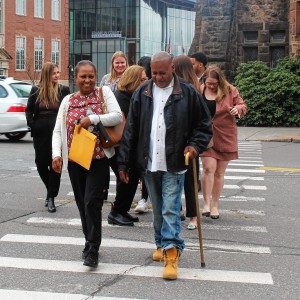 Former Greenfield man granted new trial after 1995 murder conviction, walks free
Former Greenfield man granted new trial after 1995 murder conviction, walks free
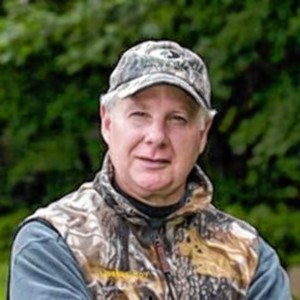 On The Ridge with Joe Judd: What time should you turkey hunt?
On The Ridge with Joe Judd: What time should you turkey hunt?
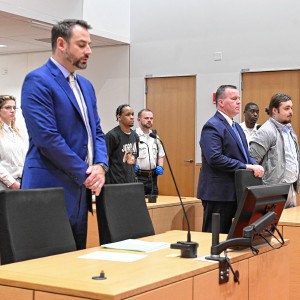 Judge sets bail for Millers Falls assault suspects
Judge sets bail for Millers Falls assault suspects
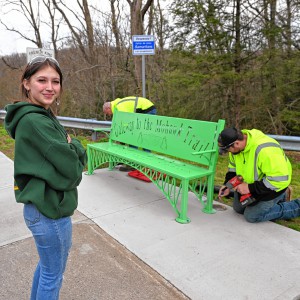 Franklin Tech student welds artistic bench for French King Bridge
Franklin Tech student welds artistic bench for French King Bridge
 As I See It: Between Israel and Palestine: Which side should we be on, and why?
As I See It: Between Israel and Palestine: Which side should we be on, and why?
William Erving spent 20 years in the British Army, fighting at Crown Point, Louisberg, Quebec and Havana. He reportedly resigned from the Army at the start of the Revolution, Campbell said. He was naturalized by an act of the Legislature in 1785, so he was not considered a patriot until then. William Erving went on to be introduced to George Washington and Benjamin Franklin, and became a member of the American Academy of Arts and Sciences.
John bought the land from the government, and William inherited it from his father, Campbell said. This land included approximately the northern half of Wendell. The siblings inherited part of the 11,000 acres from their father upon his death. When he acquired the land, it was mainly woods, although people from Lancaster began settling in the center.
“When I read his second son William’s will, I thought it would be fun to bring his story to Wendell,” Campbell said. “That will is a wonderful document, with two codicils, and seems to show his personality.”
William was concerned about the residents in the area who were uneducated, stating “the people [of Wendell] might relapse into a state of barbarism” without support for learning.
“William never married, so he wanted his inheritance to do some good after his father died in 1786. He gave two lots to the town of Wendell for the support of a minister and a school. He died in 1791 at only 59,” Campbell said.
Another interesting fact is in the naming of the towns. Erving was named after John Erving. According to Campbell, Oliver Wendell, who Wendell was named after, was associated with the Ervings and was an executor of both their wills.
Carla Charter is a freelance writer from Phillipston. Her writing focuses on the history of the North Quabbin area. Contact her at cjfreelancewriter@earthlink.net.

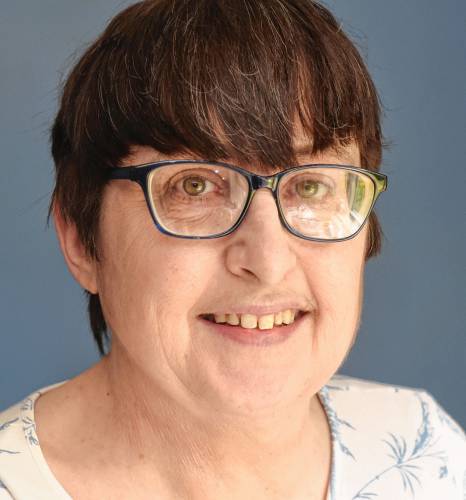
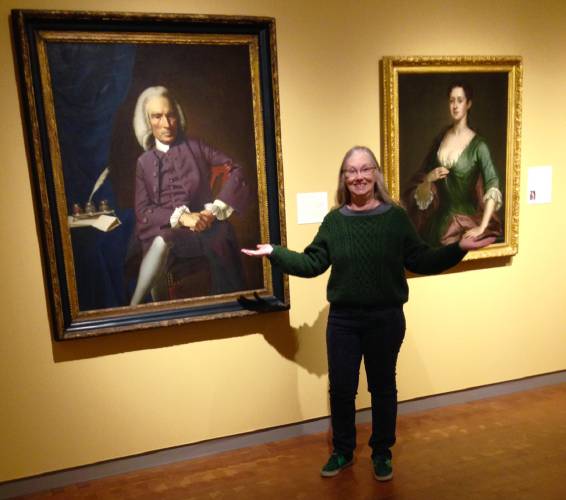
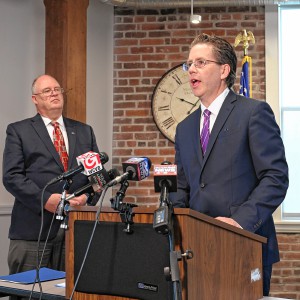 1989 homicide victim found in Warwick ID’d through genetic testing
1989 homicide victim found in Warwick ID’d through genetic testing ‘Stand up for our democracy’: Voting rights activist John Bonifaz keynote speaker during Law Day event
‘Stand up for our democracy’: Voting rights activist John Bonifaz keynote speaker during Law Day event Doors open at Tilton Library’s temporary home at South Deerfield Congregational Church
Doors open at Tilton Library’s temporary home at South Deerfield Congregational Church DA to announce breakthrough in 1989 unsolved homicide in Warwick
DA to announce breakthrough in 1989 unsolved homicide in Warwick
